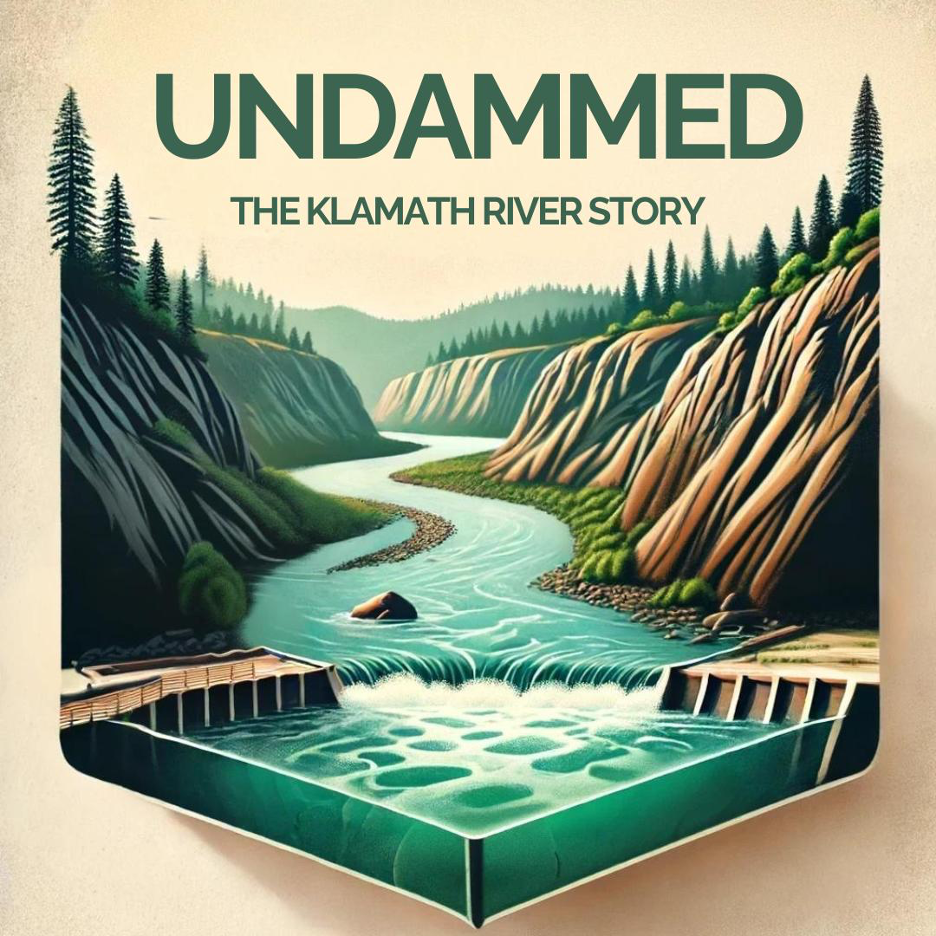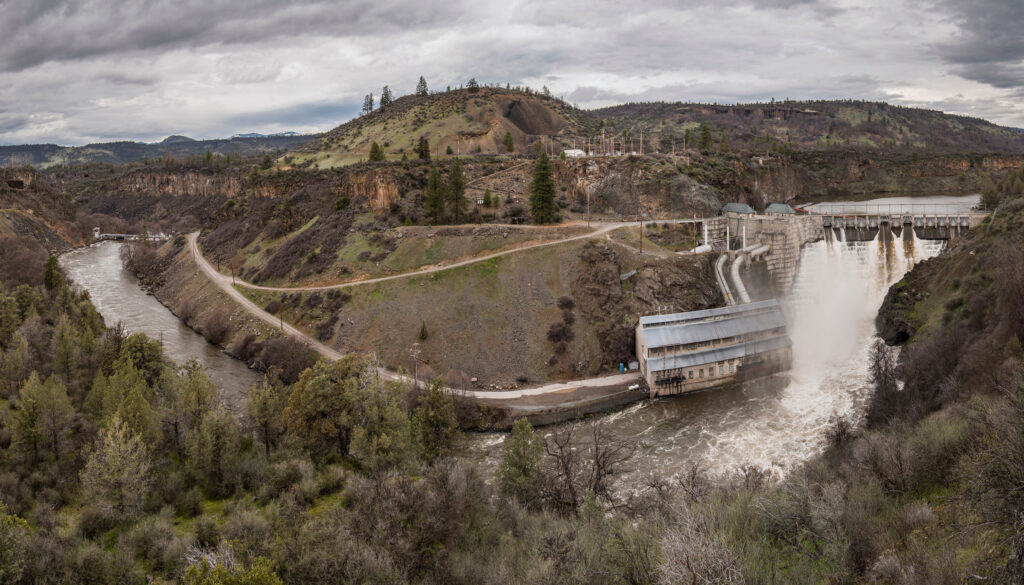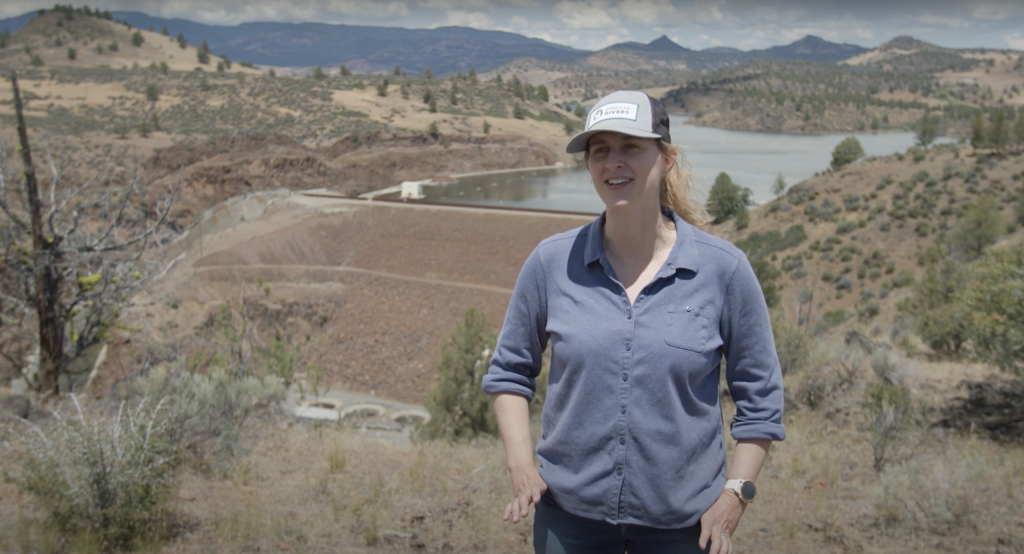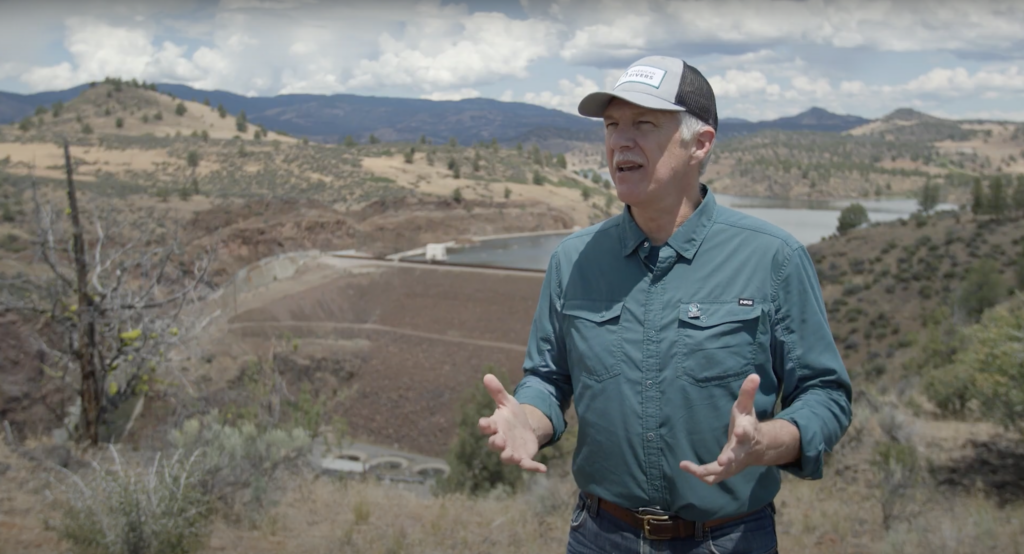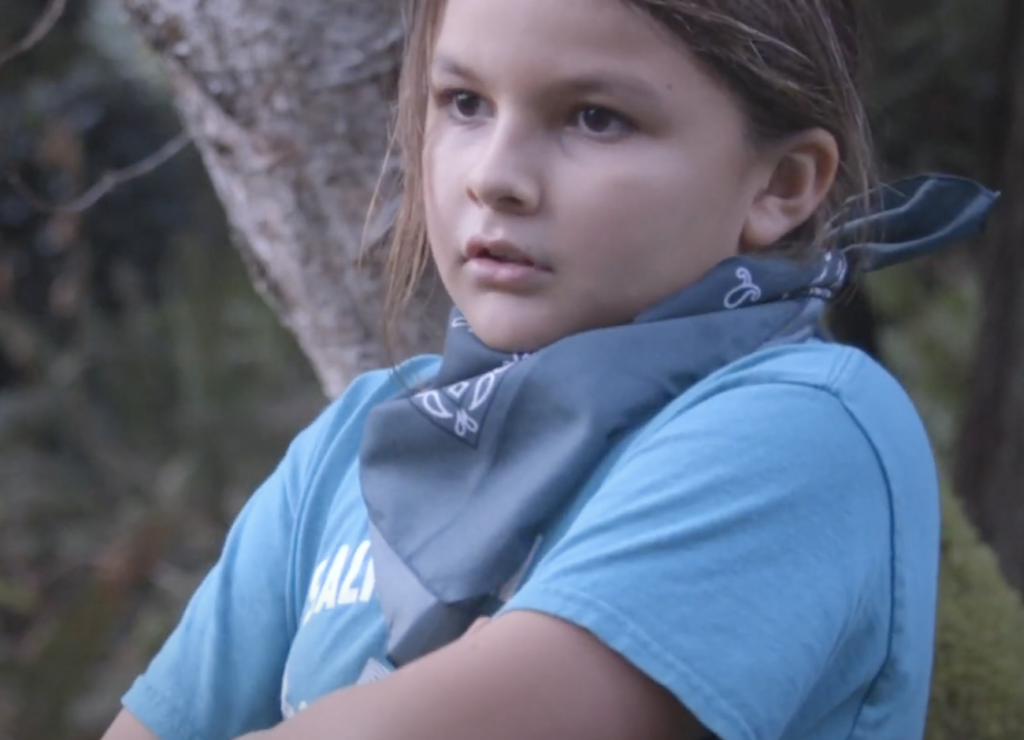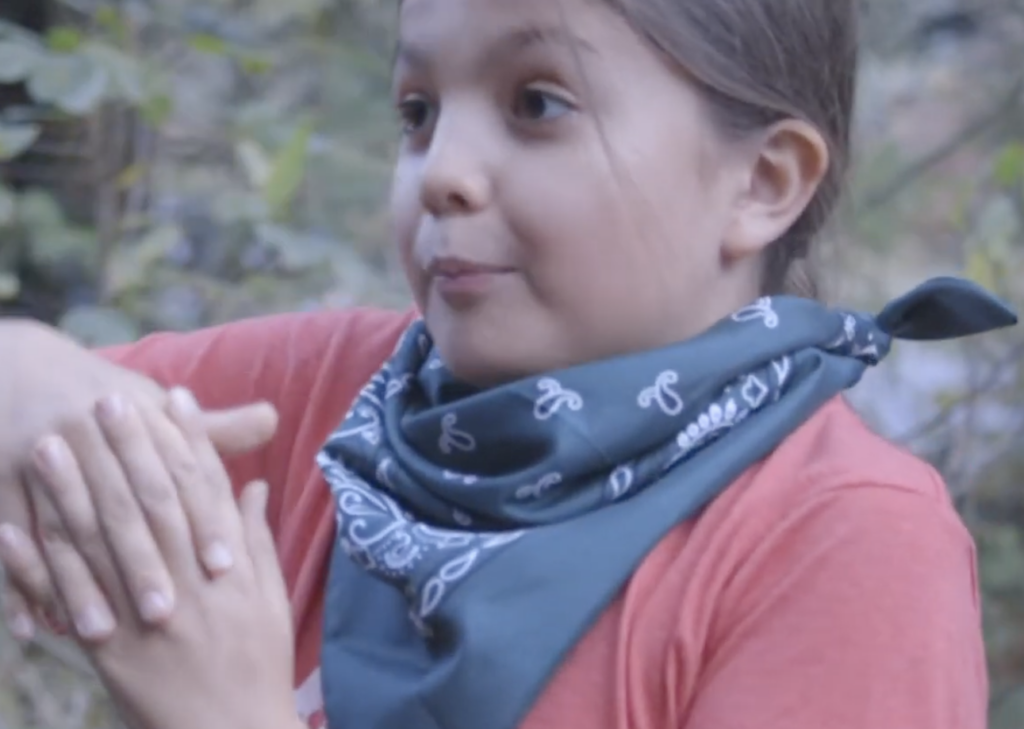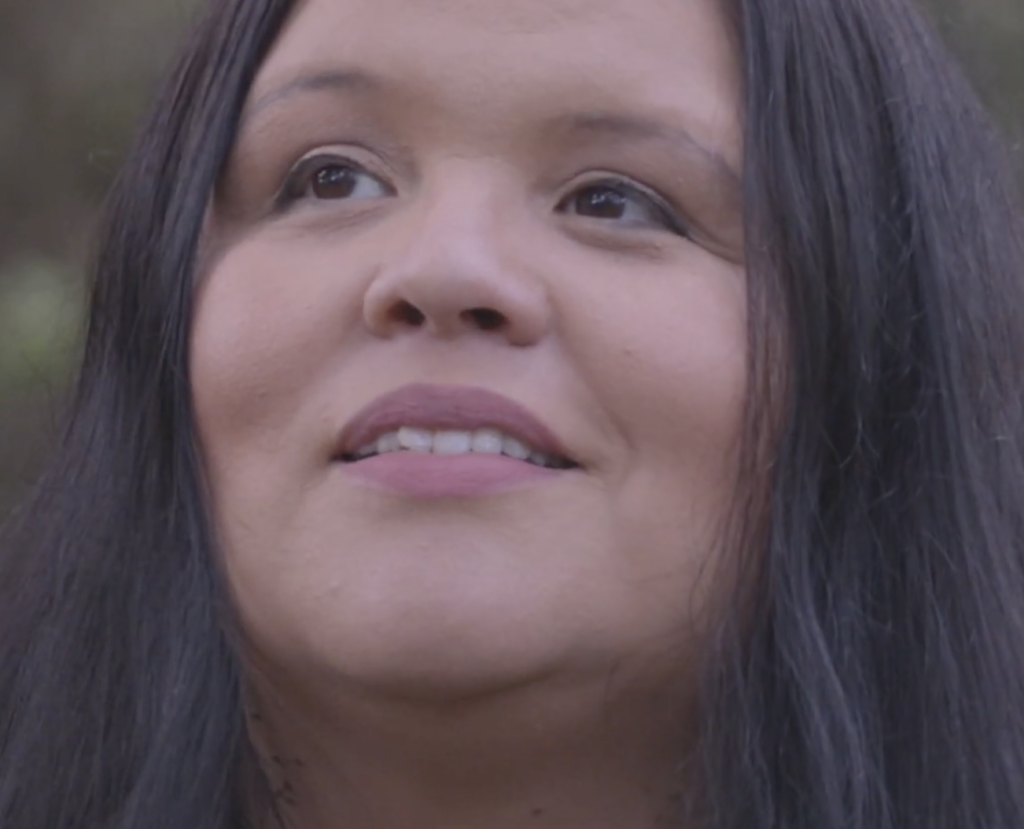Dam Removal on the Klamath River
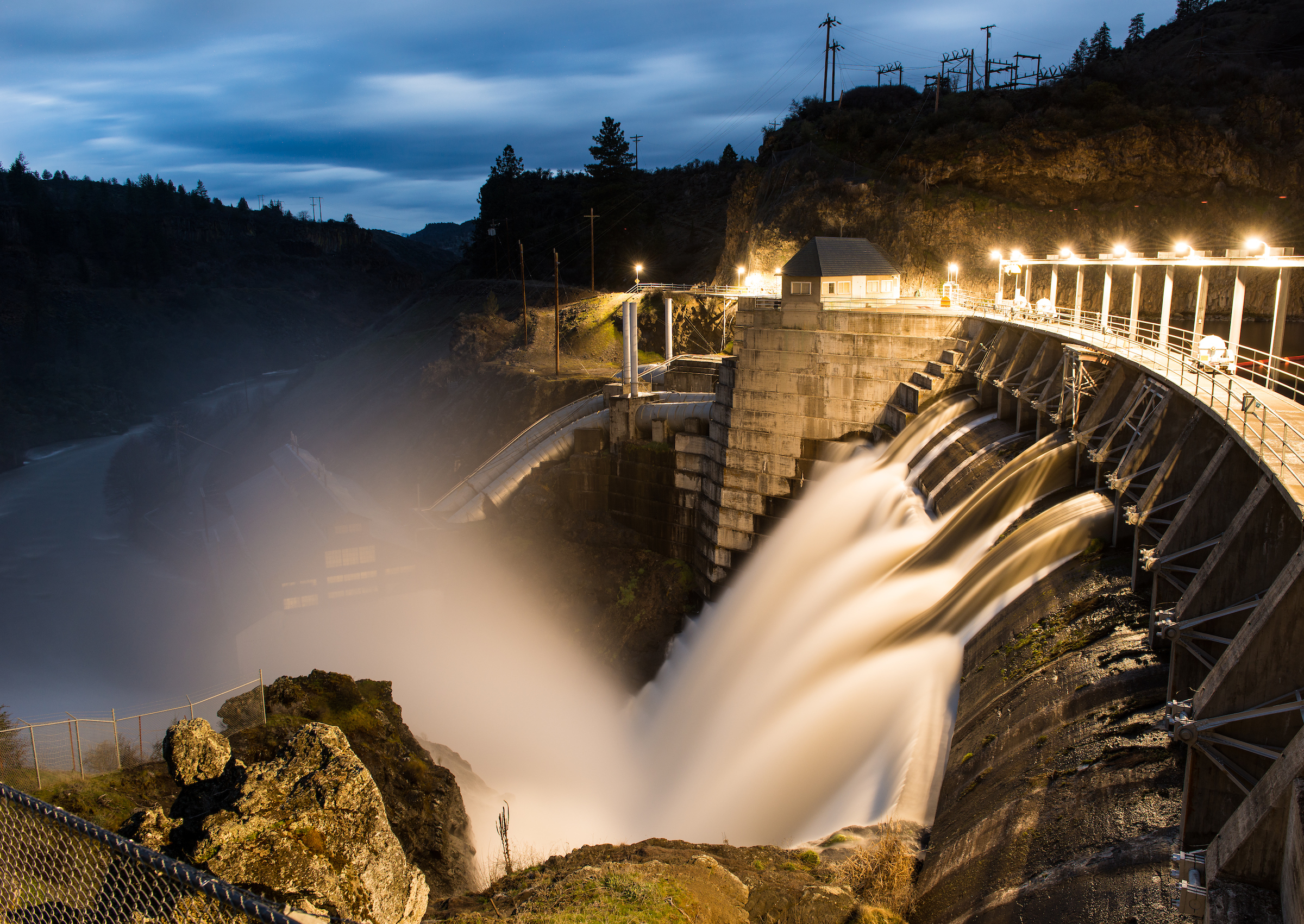
“Dam removal is the best way to bring a river back to life. The Klamath is significant not only because it is the biggest dam removal and river restoration effort in history, but because it shows that we can right historic wrongs and make big, bold dreams a reality for our rivers and communities.”
-Dr. Ann Willis, California Director, American Rivers
Undammed: The KLamath River Story
The history of water in the West has been shaped by conflict, greed, and scarcity, but in a remote pocket of Southern Oregon and Northern California, a different Western water story is taking shape. The largest dam removal in history is on the verge of completion on the Klamath River. This moment is the result of a historic decades-long Tribally-led campaign to free the Klamath River and restore salmon and steelhead populations, which are core to Native traditions and foodways. This is undoubtedly a huge triumph.
The first episode of this in-depth podcast dives into the past, present, and future of the world’s largest dam removal project and features Dr. Ann Willis, American Rivers’ California Regional Director.
Update August 28, 2024: August 28, 2024 crews broke the final cofferdams at the Iron Gate and Copco No. 1 dams. The Klamath River now flows freely from Lake Ewauna out to the Pacific Ocean. This was a major milestone, marking the end of a significant construction phase in the largest salmon restoration project ever undertaken in the United States. As with the initial breach of the dams, removing the cofferdams created a temporary drop in water quality as sediments starved of oxygen moved downstream. Water quality is steadily improving the river continually flows and as sediment is flushed downstream. The dam removal will finish later this month with the establishment of volitional fish passage, marking the conclusion of a Tribally-led campaign and project that has extended over more than two decades. Now, we look forward to the next chapter of the Klamath River’s restoration. Restoration efforts in the watershed will continue as focus pivots to the Upper Klamath and headwaters of the Klamath River.
“With the reservoirs emptied, the Klamath River now winds its way through the former reservoir footprints, cutting though a century of accumulated sediment and finding its historical path. Extensive testing of the sediment that had accumulated behind the dams revealed that it is predominantly dead algae and is not a concern for human health.” – Klamath River Renewal Corporation
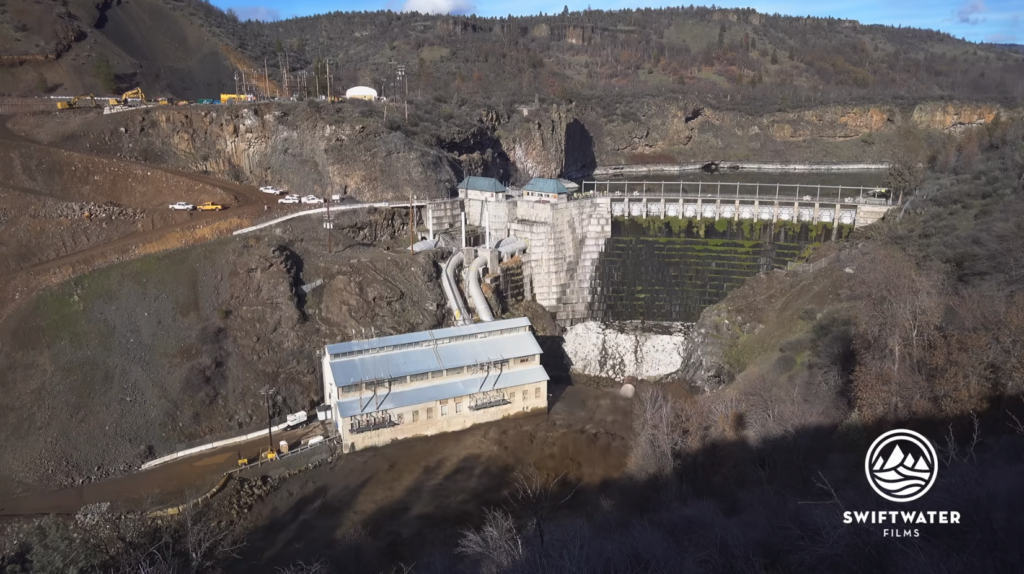
Update: January 23, 2024
Drawdown for the Copco 1 dam on the Klamath River began on January 23 following a blast in the remaining plug of the adit tunnel! This was the last of the 4 dams to start the drawdown process in this historic dam removal project. Check out the initial blast captured by our partners at Swiftwater Films.
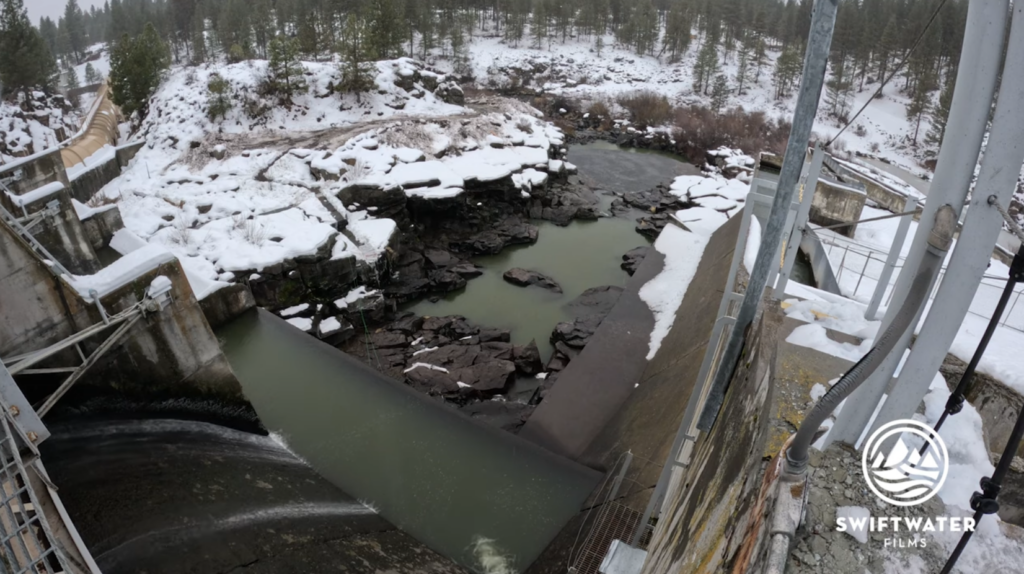
Update: January 18, 2024
Check out the dam blast at the J.C. Boyle dam caputred by Swiftwater Films! Drawdown of the reservoir at J.C. Boyle is now underway. Removal will begin in spring 2024, with the deconstruction completed by fall 2024.
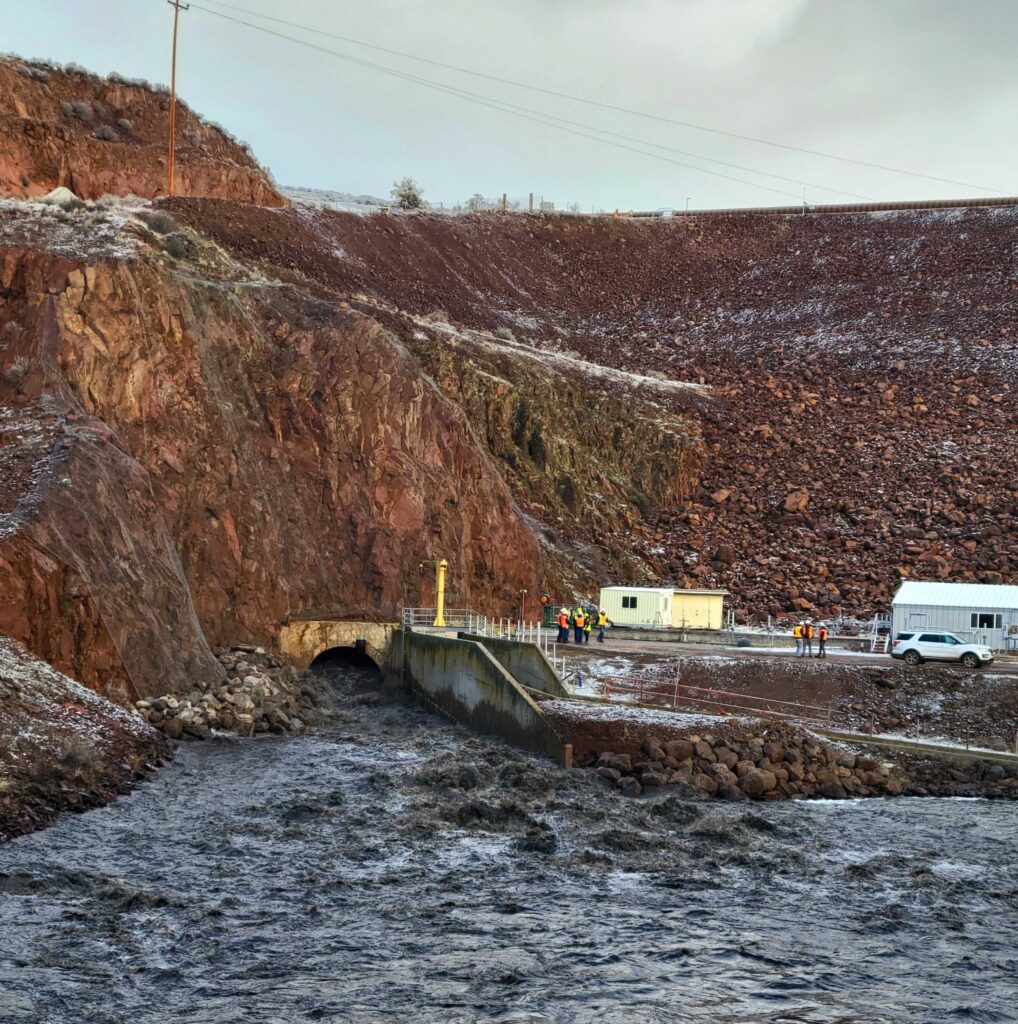
Update: January 11, 2023
During the week of January 8, the project team initiated the drawdown process at Iron Gate Dam, opening a low-level tunnel so the reservoir could begin to drain. This is an exciting milestone as we enter the removal and eventually post-removal restoration phases of the project. The drawdown of JC Boyle is also underway, and the drawdown of the Copco 1 Reservoir will begin later this month. All reservoirs are expected to be drained by the end of February. The dates were selected to minimize the impact of sediment downstream and on threatened and endangered species.
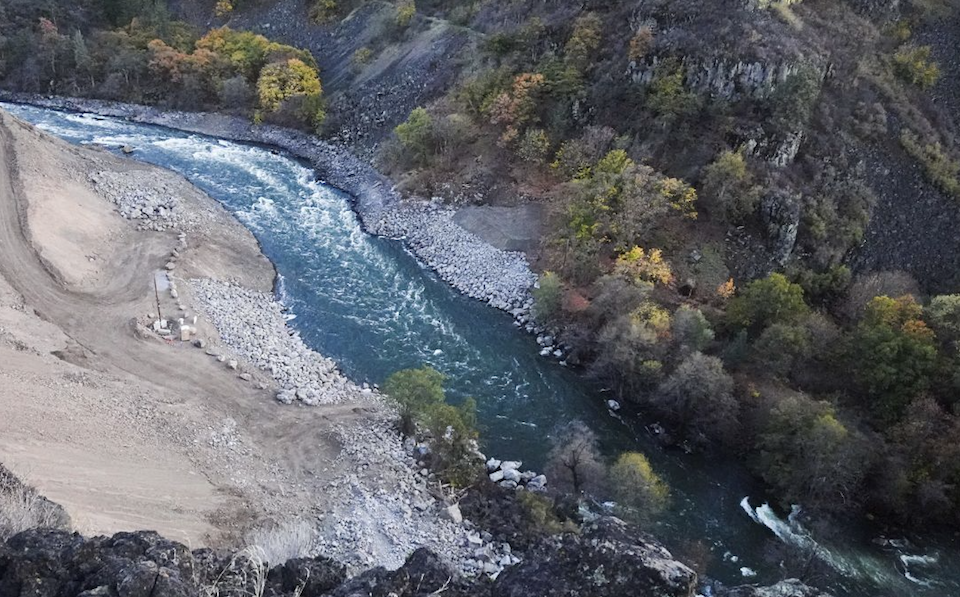
Update: January 4, 2024
Copco No. 2 was fully removed in October 2023, marking the first of four dam removals along the Klamath River. The other three dams on the Klamath River that are part of this project are slated to begin removal in January 2024!
For nearly 100 years, dams on the Klamath River had blocked salmon and steelhead trout from reaching more than 400 miles of habitat, encroached on Indigenous culture, and harmed water quality for people and wildlife. But now, four dams – J.C. Boyle, Copco No. 1, Copco No. 2, and Iron Gate – built between 1908 and 1962, are down. This river restoration project will have lasting benefits for the river, salmon, and communities throughout the Klamath Basin.
The four dams didn’t provide flood control or irrigation. They generate a small amount of hydropower, which will be replaced using renewables and efficiency measures. In 2008, the Public Utilities Commissions in Oregon and California concluded that removing the dams, (instead of spending more than $500 million to bring the dams up to modern standards), would save PacifiCorp customers more than $100 million. It will also improve water quality – toxic algae in the reservoirs behind the dams threatened the health of people as well as ecosystems.
This dam removal and river restoration effort will be one of the most significant the world has ever seen. Never have four dams of this size been removed at once. These dams inundate many miles of habitat (4 square miles and 15 miles of river length) and block access to more than 400 miles of habitat for salmon and other species.
OVERVIEW of the dams
The Klamath River dam removals will be among the largest dam removals in the nation’s history–a timely project ecologically for fish and bird species; economically for ratepayers, residents, and the states of California and Oregon; and culturally for the tribes that depend on salmon runs as a primary food source as well as a key element of ritual and communal culture. Now we are on the cusp of breaking ground, and the time could not be riper. On November 17, 2022, the Federal Energy Regulatory Commission (FERC) approved the hydropower license surrender to remove four dams from the Klamath River, and the first of the dams, Copco 2, is set to have removal begin in the summer of 2023. This exciting progress is thanks to years of leadership by the Tribes that live along the river, as well as efforts by the states of California and Oregon, the dams’ owner, federal agencies, and several nonprofits, including American Rivers.
The four Klamath dams that were removed ranged in height from 33 feet to 172 feet and blocked fish passage to more than 400 miles of the Klamath River. Since Copco 1’s construction in 1918, salmon populations have plummeted, eliminating two salmon species and bringing other salmon populations to just 5% of their historic averages. The dams along the Klamath have degraded water quality to dangerous levels for salmon and led to excessive growth of toxic cyanobacteria (blue-green algae). Copco 2 will be fully removed by the fall of 2023; the remaining three dams, JC Boyle, Copco 1, and Iron Gate are scheduled for removal in the summer of 2024.
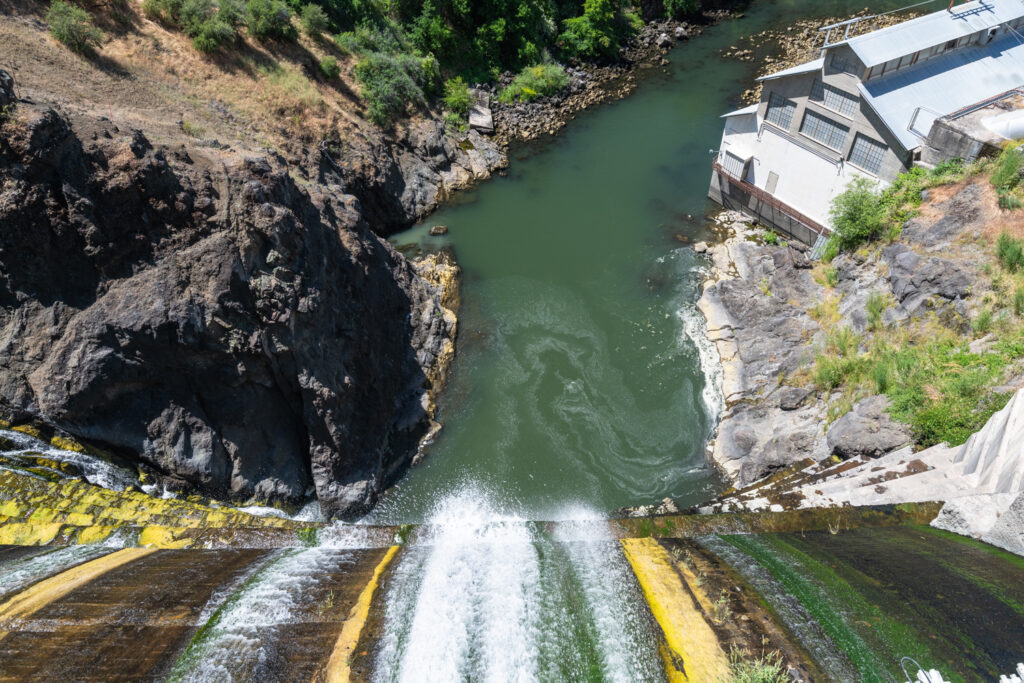
Copco 2 Dam Removal
The Copco 2 dam is a 33-foot concrete division dam constructed in 1925, with two turbines and a powerhouse. Prior to the construction of Copco 1 and 2 in the early 20th century, these were the primary source points to large numbers of salmon forging to the Upper Basin of the Klamath River and sustaining a thriving fishery. The removal of Copco 2 is scheduled to commence in the summer of 2023. This is the first stage of a multi-step dam removal process that will improve water temperatures, increase the levels of dissolved oxygen in the water, and reduce algae toxins, thus expanding the coldwater habitat and allowing salmon to reproduce in safe and healthy conditions. The overall water quality improvements resulting from dam removal will bolster healthy communities and expand access to recreation.
American Rivers’ staff is providing expertise to guide the project. The Senior Director of River Restoration was appointed to the board of the Klamath River Renewal Corporation, the nonprofit organization spearheading the project. American Rivers’ California Regional Director is an expert in Klamath River conservation strategies with years of on-the-ground experience in the Klamath watershed. Visit the Klamath River Renewal Corporation’s website to find out more about the project, and to stay updated as work progresses.
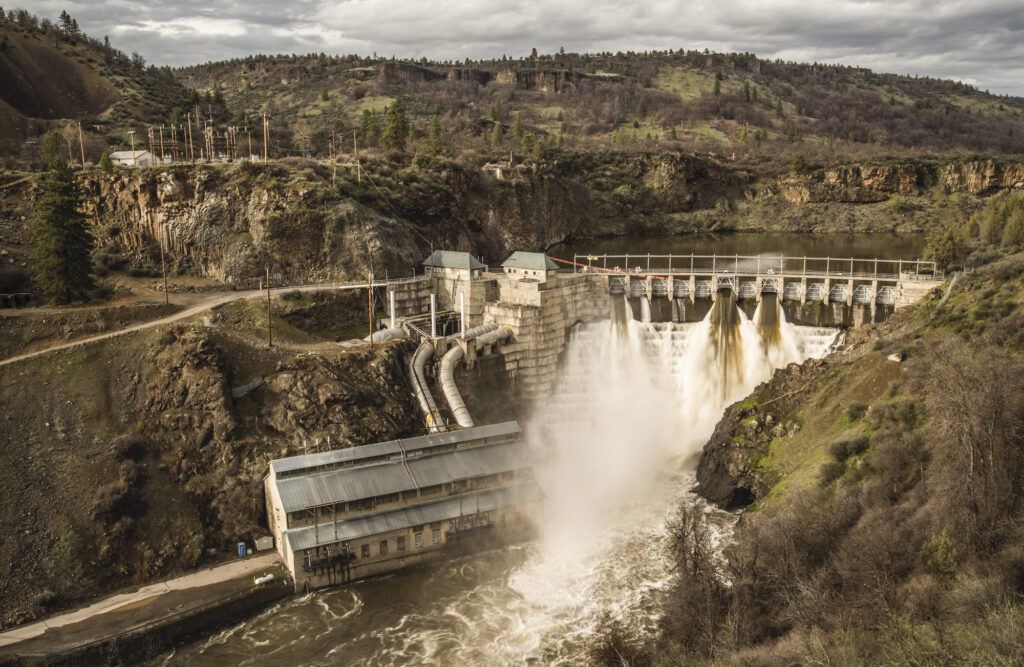
Stay up to date on Klamath Dam Removal news
Sign up to receive the latest news and updates on all things Klamath dam removals
Three remaining dam removals
The dams total over 350 vertical feet and have prevented fish passage along the Klamath for the past century. Their associated reservoirs once covered an area of approximately 1,300 acres, which, after removal, will be revegetated and restored to provide critical riparian habitat for wildlife in the Klamath basin. Dam removal is only the first step in watershed-wide restoration. The revegetation of landscape that was formerly underwater in reservoirs involves seed collection of native plant species and the strategic dispersal of billions of seeds. This renewed riparian habitat will provide key nesting areas for birds and habitat for other species. The next steps will also target water quality improvements in the tributaries and upper watershed to continue the Klamath River’s rapid recovery following the removal of the dams.
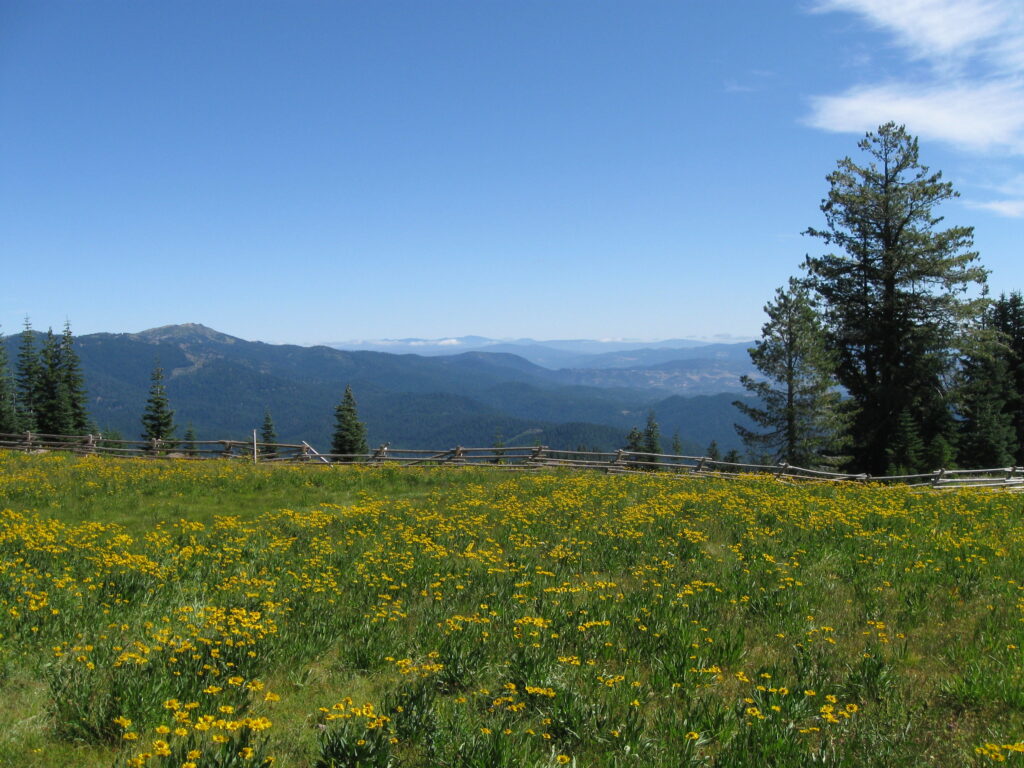
Klamath River Restoration and Klamath Meadows Partnership (KMP) – Dam removal is just the first step of the Klamath River’s recovery. Healing the Klamath’s headwaters and tributaries is critical to achieve full restoration. American Rivers is working alongside a diverse range of stakeholders and advocates to export the ideas incubated in the American Rivers-led Sierra Meadows Partnership (SMP) to develop healthy headwaters and fire management practices. We also will work with farmers and ranchers in the Shasta River watershed to improve river health through improved water quantity and quality. This is going to be a massive collaborative effort undertaken by a wide range of communities and partners. American Rivers is dedicated to pursuing and supporting projects and coalitions that align with our North Star goals: addressing climate change and combating biodiversity loss.
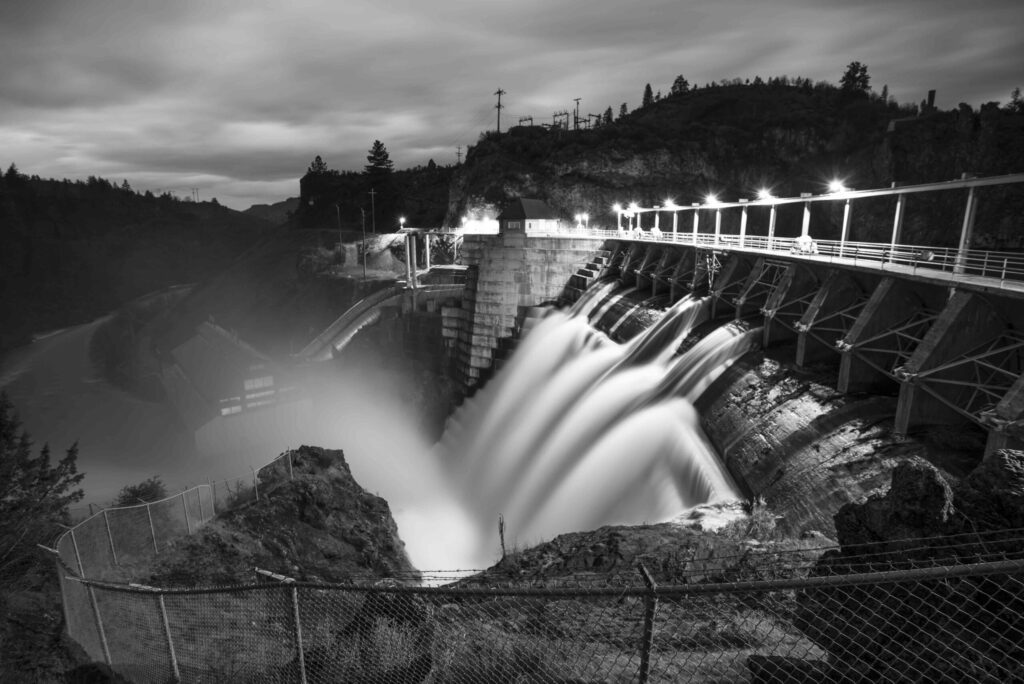
5 Key Lessons AS WORLD’S BIGGEST DAM REMOVAL PROJECT WILL SOON BEGIN ON THE KLAMATH RIVER
After more than 100 years of being dammed, the lower Klamath River will flow free once again. To be able to make that statement, it has taken decades of advocacy by Tribes who depend on a living Klamath River for their cultural identity and for their food security.
Things to Watch
‘Voices of the Klamath’ shorts
Klamath Dam Removal In The News
- SFGate: Inside Calif.’s Klamath River dam removal project, the largest in US history
- UCDavis: The Science of Saving Salmon as Klamath Dams Come Down
- KDRV News: Construction preparation on Klamath River dams underway, removal complete by 2024
- Mercury News: Klamath dam removals, habitat restoration, begins
- KGW8 News: ‘The salmon are coming home’: Work begins on Klamath River dam removal
- OPB: With one down, Klamath dam removal proceeds on schedule
- AP News: As work begins on the largest US dam removal project, tribes look to a future of growth
- CS Monitor: Klamath River dam removal has begun. Next, comes restoring its banks
- USA Today: Lower Klamath River dams set for removal in project touted by California tribal leaders

